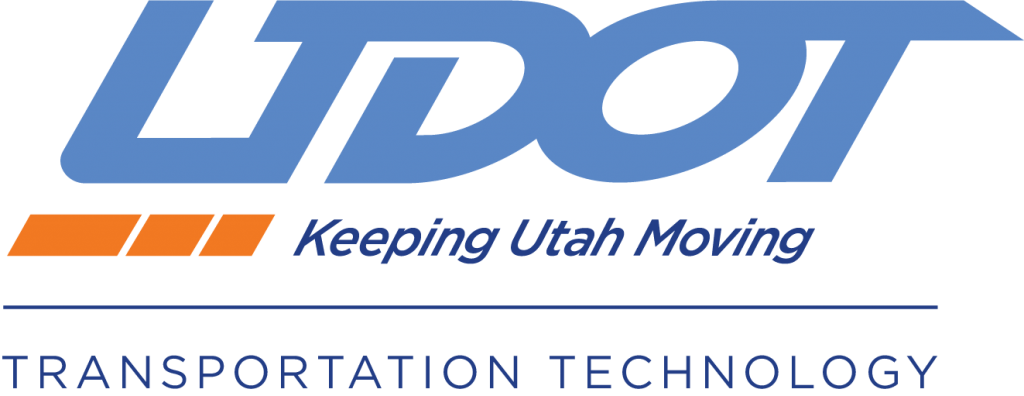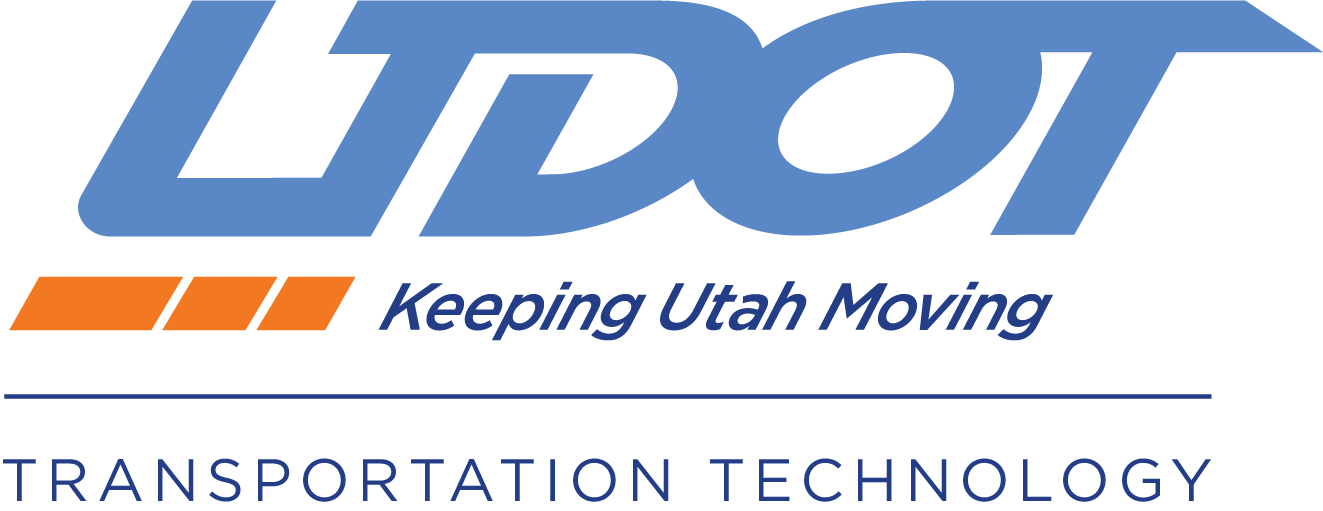Safety and Mobility
HOW DO CAVS FIT INTO UDOT’S MISSION?
UDOT’s mission to Keep Utah Moving is focused on reducing crashes and optimizing mobility. Due to the staggering fact that 94 percent of crashes are caused by human error, one of the most promising benefits of CAV technologies are the opportunity to reduce the number of crashes on our roads. CAV technology has the capability to warn drivers of potential hazards and automate some or all driving functions to remove human error.
HOW DOES CAV TECHNOLOGY PROMOTE SAFETY?
CAV technology has the potential to save lives, prevent injuries and reduce crashes. The National Highway Traffic Safety Administration (NHTSA) estimates that 94 percent of serious crashes are due, in part, to human error. Automated vehicle (AV) systems see more, react faster and never become drowsy, unlike human drivers. In addition, CAV technology can mitigate 83 percent of non-impaired crashes through vehicle-to-vehicle communication. Taking the human error factor out of the equation has the potential to protect drivers and passengers.
HOW DO I KNOW THAT CAVS ARE SAFE?
All vehicles are required to be compliant with Federal Motor Vehicle Safety Standards through the National Highway Traffic Safety Administration (NHTSA). The NHTSA monitors the transportation system and recalls vehicles that are not operating safely. The safety of CAVs is a topic of active discussion. NHTSA has issued a policy document outlining 12 key safety design elements and is working on safety standards that will apply specifically to vehicles that are highly automated. The companies that build automated vehicles test their vehicles aggressively and certify that they comply with NHTSA safety elements. NHTSA states that although companies are testing complex and advanced automated vehicles, they will not be released to the public until their safe operation is ensured.
I HEAR ABOUT CRASHES INVOLVING CAVS. ARE THESE VEHICLES REALLY SAFER THAN TRADITIONAL VEHICLES?
Many of the features of CAVs are still being developed and tested. In the early days of seat belts and air bags, those systems were not as good as they are today. Experiences with CAV systems are allowing designers to improve the technology. Driving on our roads today is not perfectly safe: approximately 37,000 people lose their lives each year in highway crashes in the U.S., and 94% of those crashes include some element of human error. CAVs will never be perfect, but the goal is to provide information to human drivers that allows them to make better decisions and to have the CAV technology take over some functions from drivers to reduce error and improve safety.

